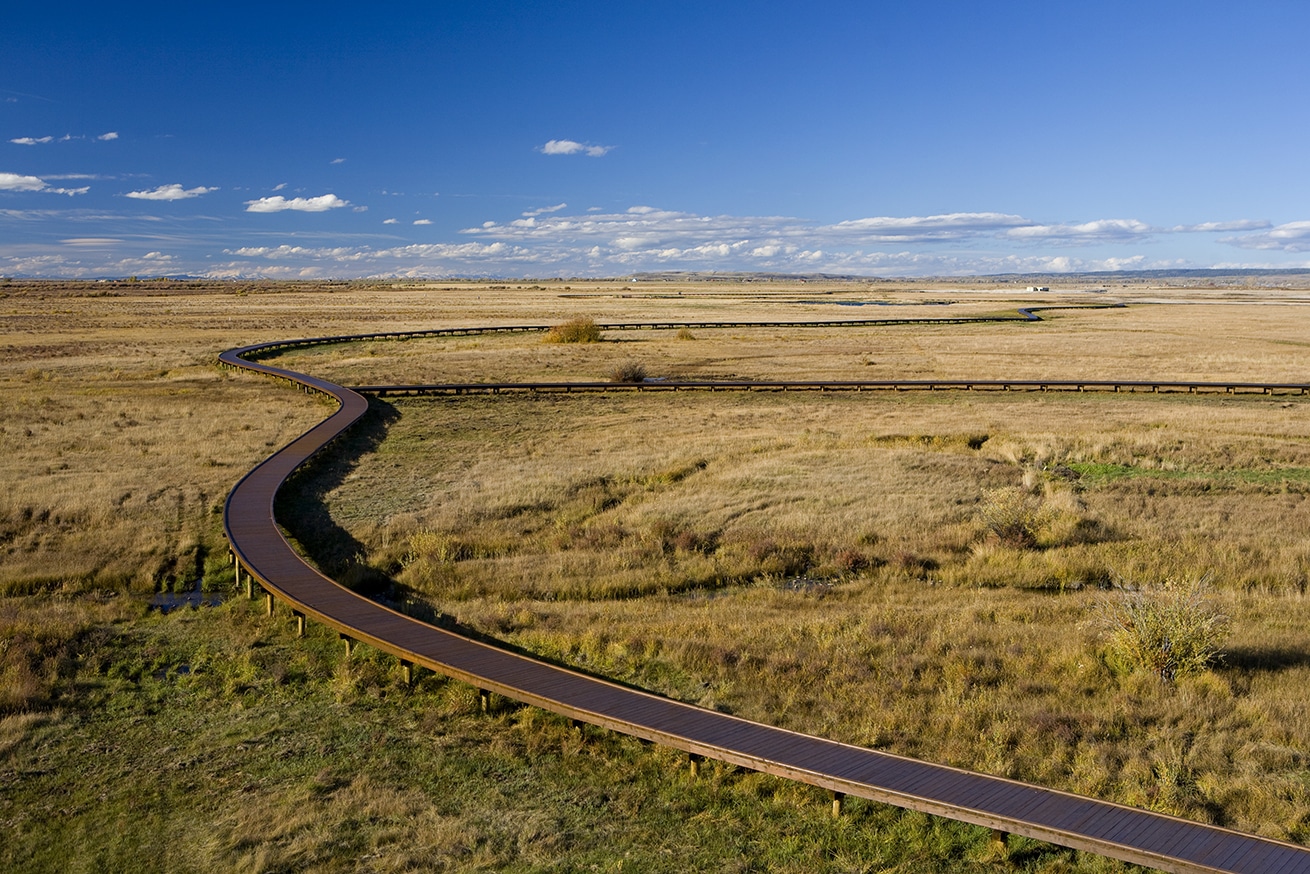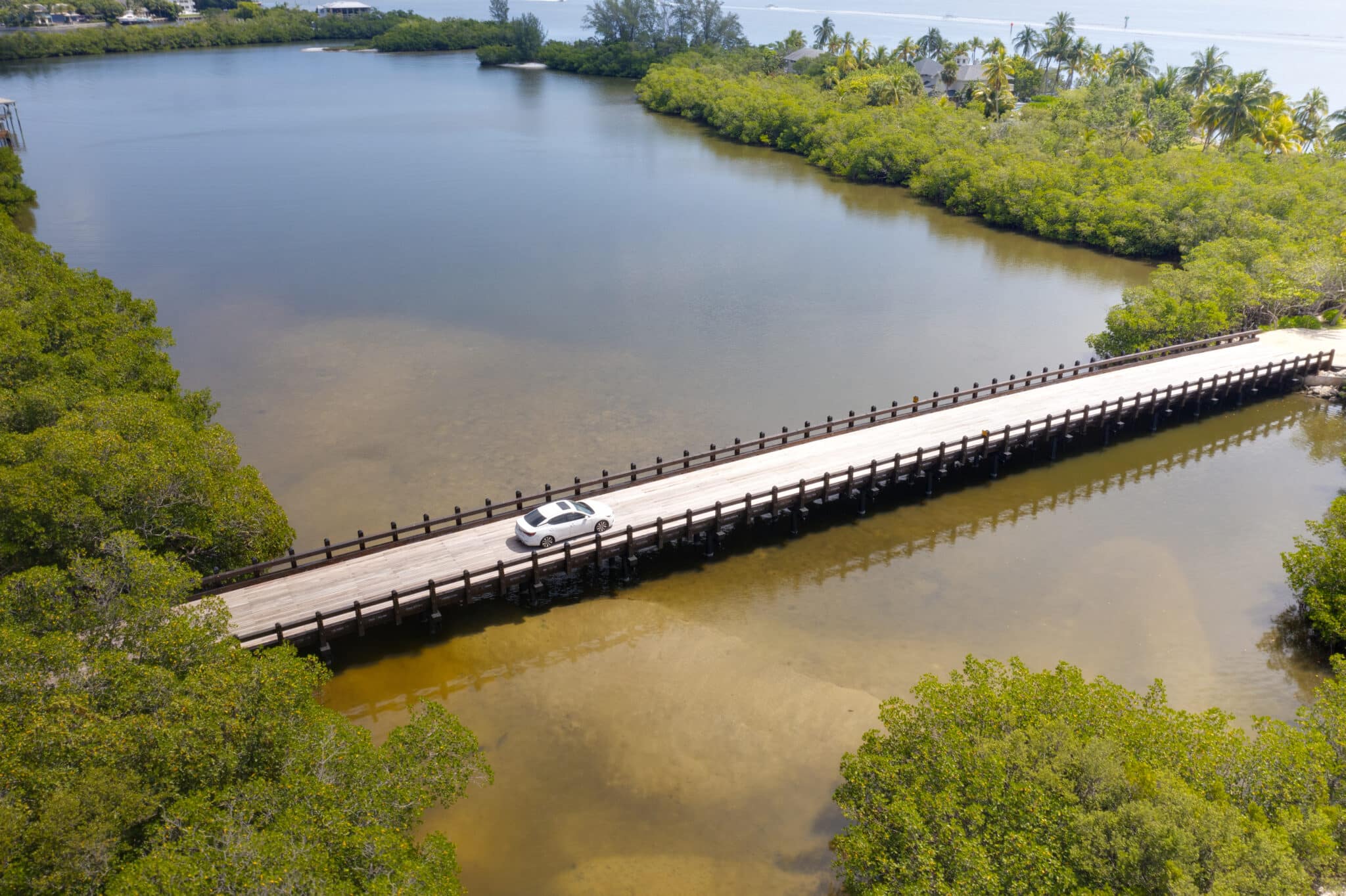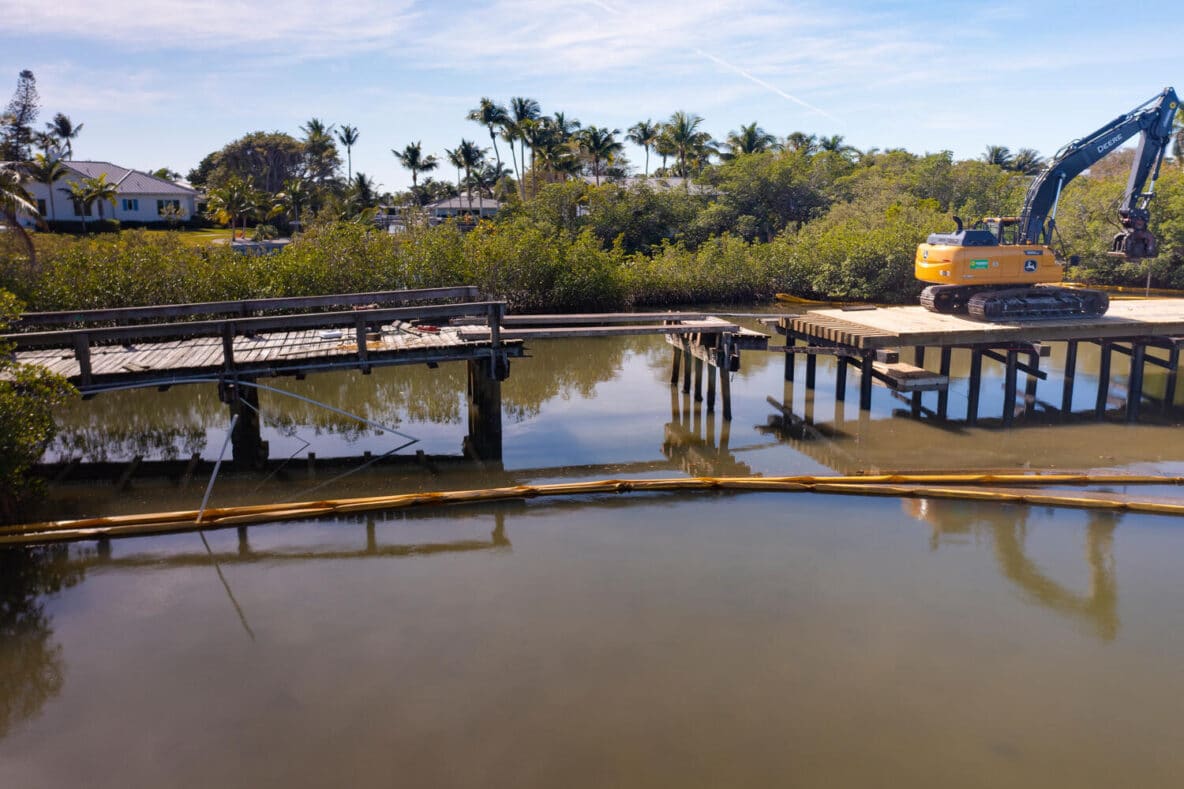Environmental Advantages of timber
The choice between timber versus a steel bridges extends beyond it's structure, environmental impact must be considered when beginning your crossing project. It encompasses the environmental impact of the chosen material. York Bridge Concepts, the premier timber bridge builder, is committed to sustainable practices. See the environmental impacts of timber vs. steel bridges and how York Bridge Concepts offers a sustainable choice.
YBC Timber Bridges Are The Natural Choice versus Steel Bridges
The environmental impact of timber bridges versus steel bridges is a critical consideration when evaluating infrastructure choices. Timber bridges often have a more favorable environmental footprint.
Timber is a renewable resource when sourced from sustainably managed forests, and its production and transportation typically result in lower carbon emissions compared to the energy-intensive manufacturing of steel.
Timber bridges can blend harmoniously with natural surroundings, minimizing ecological disruption. Additionally, timber has the potential to sequester carbon over time, making it a carbon-neutral choice. In contrast, steel bridges require extensive energy for production, are prone to corrosion, and necessitate ongoing maintenance that can be resource-intensive and environmentally taxing. In terms of environmental impact, timber bridges frequently present a more sustainable and eco-friendly option.
Timber Has A Reduced Energy Consumption & Sequester Carbon
When considering the energy consumption between a timber bridge and a steel bridge, a notable contrast emerges.
Timber bridges have a distinct advantage in terms of energy efficiency. Timber is a natural, renewable material that requires significantly less energy for production and transportation when compared to the energy-intensive processes involved in manufacturing and transporting steel.
Moreover, timber bridges have the unique ability to sequester carbon, effectively acting as a carbon-neutral or even carbon-negative solution over time. As timber matures, it continues to absorb and store carbon dioxide from the atmosphere, thus reducing the greenhouse gas effect.
In contrast, steel production generates substantial carbon emissions, nearly 1.4 Tons of CO2 per ton, making steel bridges less environmentally friendly from an energy consumption perspective.
The use of timber in bridge construction not only minimizes energy consumption but also contributes positively to carbon reduction, emphasizing its eco-friendly qualities in the realm of infrastructure development.
York Bridge Concepts' choice of timber materials reflects our commitment to reducing the carbon footprint of your projects.

Disruption Of The Surrounding Environment During The Construction Phase
YBC's Deck-Level Construction Process Leads The Way In Minimal Environment Disruption
Timber bridge construction often results in minimal environmental impact as opposed to their steel counterpart. With our On-Site construction practices, timber components can be custom-built and assembled on-site swiftly. This process reduces the duration of construction and its associated disturbances. Additionally, our Deck-Level process reduces construction time and minimizes the impact on local ecosystems like wetlands.
York Bridge Concepts' Deck-Level Construction method sets a new standard in environmentally responsible bridge development when compared to conventional steel bridge construction.
This innovative approach focuses on reducing environmental disruption to a minimum. YBC's method allows for precise, efficient, and low-impact assembly, thus minimizing the disturbance to surrounding ecosystems. The use of timber as the primary construction material not only ensures durability but also aligns with sustainable forestry practices, promoting the responsible use of renewable resources.
In contrast, steel bridge construction often involves a more disruptive and resource-intensive process. The steel production process is energy-intensive and generates significant carbon emissions, contributing to environmental degradation. The heavy equipment and concrete used in steel bridge construction can lead to habitat destruction and water pollution.
York Bridge Concepts' Deck-Level Construction, on the other hand, reduces these negative environmental effects by emphasizing eco-friendly, low-impact practices. It reflects a commitment to preserving natural landscapes and minimizing the ecological footprint associated with bridge development, making it a compelling choice for those seeking sustainable infrastructure solutions.
Timber Bridges Has Lower Maintenance & Requires Fewer Chemicals Than Steel Bridges.
Timber bridges stand out as a low-maintenance and environmentally friendly choice when compared to steel bridges. The natural resilience of timber against corrosion, along with modern preservation techniques, significantly reduces the need for ongoing maintenance.
Timber structures require less frequent inspections and repairs compared to steel bridges, leading to lower labor and operational costs.
Additionally, the use of timber in bridge construction typically necessitates fewer chemicals and coatings for ongoing maintenance, which has a positive impact on both the environment and long-term costs. This eco-friendly and cost-efficient approach positions timber bridges as a compelling option for those looking to minimize the environmental footprint and long-term maintenance demands of their infrastructure.
Environmental Impact of Timber versus Steel Bridges: Sourcing Is The Key To Sustainability
Sourcing timber is undeniably the key to sustainability when it comes to building bridges, especially when compared to steel. Timber is a renewable resource that, when harvested responsibly from sustainably managed forests, ensures a continuous supply for construction while preserving the ecosystem. Sustainable forestry practices involve reforestation and responsible harvesting methods that not only maintain the forest's health but also enhance its ability to sequester carbon from the atmosphere.
In contrast, steel production is resource-intensive and contributes to high carbon emissions. The extraction and refinement of iron ore, combined with energy-intensive manufacturing processes, create a substantial environmental impact. Additionally, the mining of iron ore and other resources can lead to habitat destruction and contribute to water and air pollution.
Therefore, sourcing timber for bridge construction is a more environmentally responsible choice, as it aligns with the principles of sustainability and contributes to the preservation of natural resources for future generations.
By opting for timber, we can build bridges that not only serve our transportation needs but also contribute to a greener and more sustainable future.

Aesthetic and Ecological Integration
Timber-built bridges harmonize with their natural surroundings, creating a more environmentally friendly infrastructure. They integrate seamlessly into the environment and often provide habitat for wildlife. York Bridge Concepts' focus on Ecotecture integration further exemplifies our commitment to environmental stewardship.
Conclusion
The Environmental Impact of Timber Versus Steel Bridge is a vital consideration. York Bridge Concepts excels in offering timber-built bridges that align with your sustainability goals. Our commitment to eco-friendly construction practices, coupled with the inherent advantages of timber, makes YBC bridges an excellent choice for environmentally conscious projects.
By choosing a premium timber-built bridge from York Bridge Concepts, you not only invest in a structurally sound bridge but also in a greener, more sustainable future, where infrastructure coexists harmoniously with the environment.

